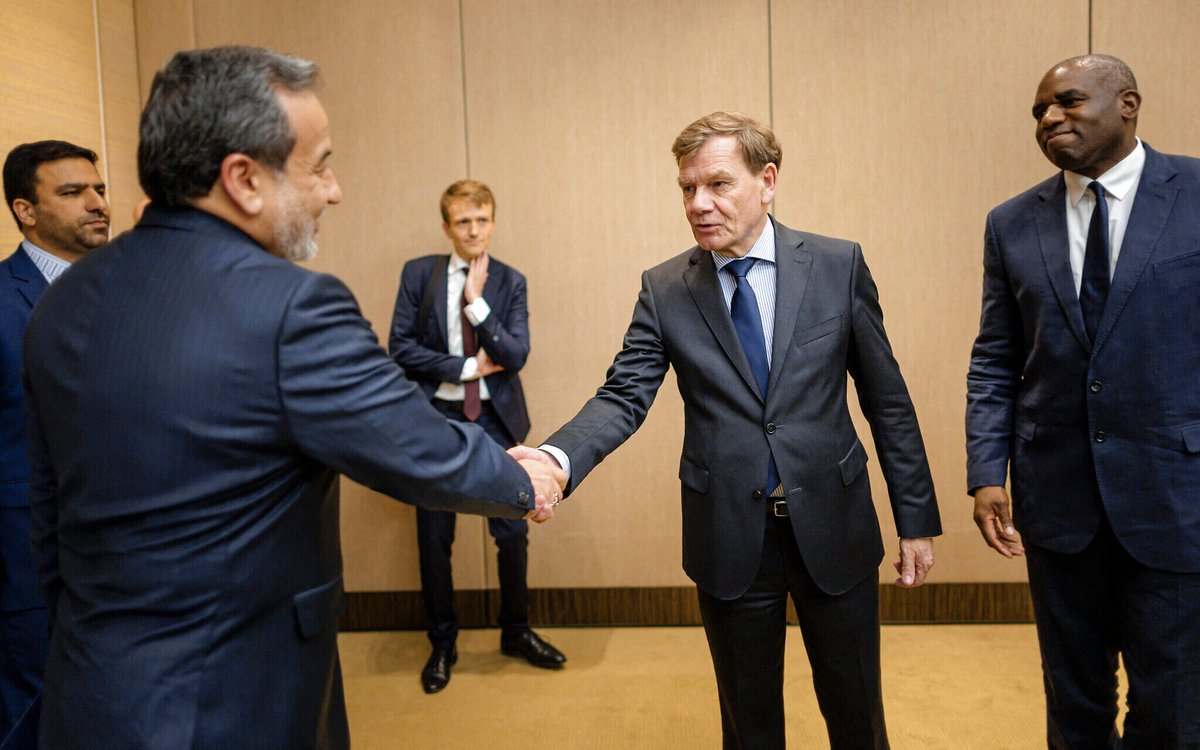1. There is a tendency to assume that sanctions must be causing exceptional economic hardship in Iran. But the irony is that the global financial crisis led to 5-10% contractions in a bunch of countries back in 2009 while Iran was left on the sidelines.
ft.com/content/706bfc…
ft.com/content/706bfc…
2. Had Iran's economy been as integrated with the global financial system as some of its frontier/emerging market peers, it may have still have experienced a contraction around the year 2009 of the same magnitude as it experienced in 2012 (7.5%) due to sanctions.
3. The same thing may be happening again. We can look at the 9% contraction predicted for 2019 and think that it's a devastating blow to Iran's economy. But it isn't exceptional when considering that the coming financial crisis will cause similar contractions in many countries.
4. Iran's current contraction may reflect the same readjustment that the economy went through in 2012 at the peak of the multilateral sanctions campaign. The following year Iran rebounded to zero growth. The question is whether the fundamentals today suggest history will repeat.
5. This context matters when evaluating the claim that Iran's government will either A) capitulate to US demands or B) collapse altogether because of the max pressure campaign. The claim is postulating an extraordinary political outcome on the basis of ordinary economic malaise.
6. The average GDP growth of upper middle income countries from 2006 to 2016 was 5.4%. Under sanctions, Iran averaged 2.9% growth in that decade. The real story is that Iran is falling behind among its peers (relative decline), not that it's headed to collapse (absolute decline).
• • •
Missing some Tweet in this thread? You can try to
force a refresh









